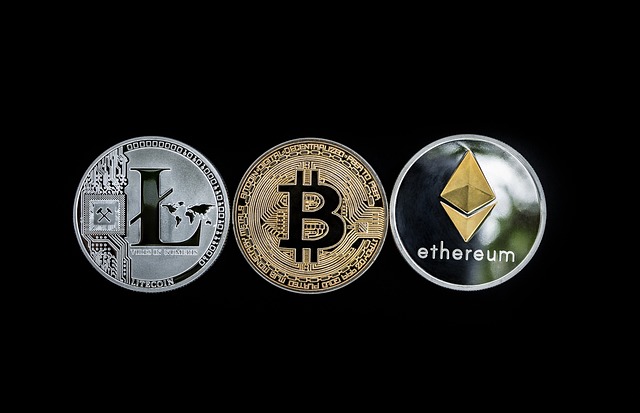This article delves into the world of cryptocurrency and explores the stability and controversy surrounding tether (USDT), a popular stablecoin that has been at the center of much debate. With its unique characteristics and implications for the crypto market, tether has become a topic of interest among investors, regulators, and enthusiasts alike.
Tether is a decentralized digital currency pegged to the value of the US dollar, designed to provide stability in a highly volatile cryptocurrency market. It was created by iFinex, a financial services company, and launched in 2014. The token’s value has remained relatively stable over the years, making it an attractive option for investors looking to hedge against market fluctuations.
Despite its popularity, tether has faced numerous controversies and criticisms. One of the most significant concerns is its alleged connection to a Ponzi scheme run by iFinex. In 2018, the New York Attorney General’s office launched an investigation into tether’s business practices, citing potential wrongdoing and lack of transparency.
Another point of contention surrounding tether is its lack of clear regulations. As a stablecoin, it falls under the category of securities, but its regulatory status remains unclear. This has led to concerns among lawmakers and regulators, who are struggling to determine how tether should be classified and regulated.
From a technical standpoint, tether’s stability is largely due to its unique architecture. The token is backed by a reserve fund containing US dollars, which are stored in a secure facility. The reserve fund is designed to absorb any losses or market downturns, ensuring that the value of tether remains stable.
However, some critics argue that tether’s reliance on a reserve fund creates a conflict of interest. By tying its value to a specific asset, iFinex may be subject to pressure from investors and other stakeholders who demand more transparency and accountability. This could potentially undermine the stability of tether and damage its reputation.
Another point worth noting is that tether’s use cases extend beyond traditional investment opportunities. The token has been used in various applications, including microtransactions, cross-border payments, and even as a reserve asset for other cryptocurrencies. Its versatility has made it an attractive option for businesses and institutions looking to tap into the crypto market.
Despite its many uses, tether’s influence on the broader crypto market is still debated. Some argue that its stability has helped to legitimize the entire cryptocurrency space, while others claim that it has created a culture of complacency and reduced innovation in the industry.
As the crypto market continues to evolve, it’s likely that tether will remain at the center of controversy and debate. Whether its influence is seen as positive or negative remains to be determined. One thing is certain, however: tether has undoubtedly left its mark on the world of cryptocurrency, and its impact will be felt for years to come.
Here are some tags related to this article:
Crypto Market
()
Tether
()
Regulation
()
Investment
()
Stability
()



